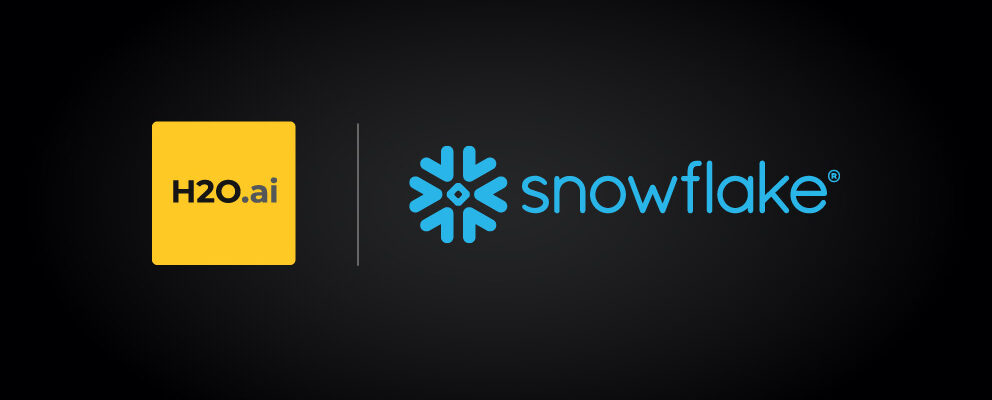H2O.ai Blog
Filter By:
2 results Category: Year:H2O.ai and Snowflake Enable Developers to Train, Deploy, and Score Containerized Software Without Compromising Data Security
H2O.ai today announced its participation as a launch partner for Snowflake’s Snowpark Container Services (available in private preview), which provides our joint customers with the flexibility to train, deploy, and score models all within their Snowflake account. This further expands the ease of use for data science teams to create machin...
Read moreHow Horse Racing Predictions with H2O.ai Saved a Local Insurance Company $8M a Year
In this Technical Track session at H2O World Sydney 2022, SimplyAI’s Chief Data Scientist Matthew Foster explains his journey with machine learning and how applying the H2O framework resulted in significant success on and off the race track. Matthew Foster: I’m Matthew Foster, the Chief Data Scientist for SimplyAI. So, I’m going t...
Read more






